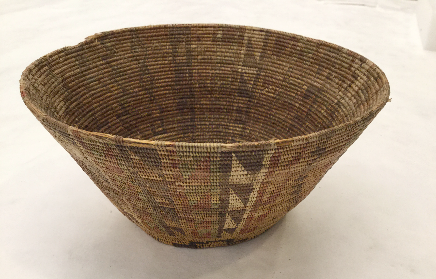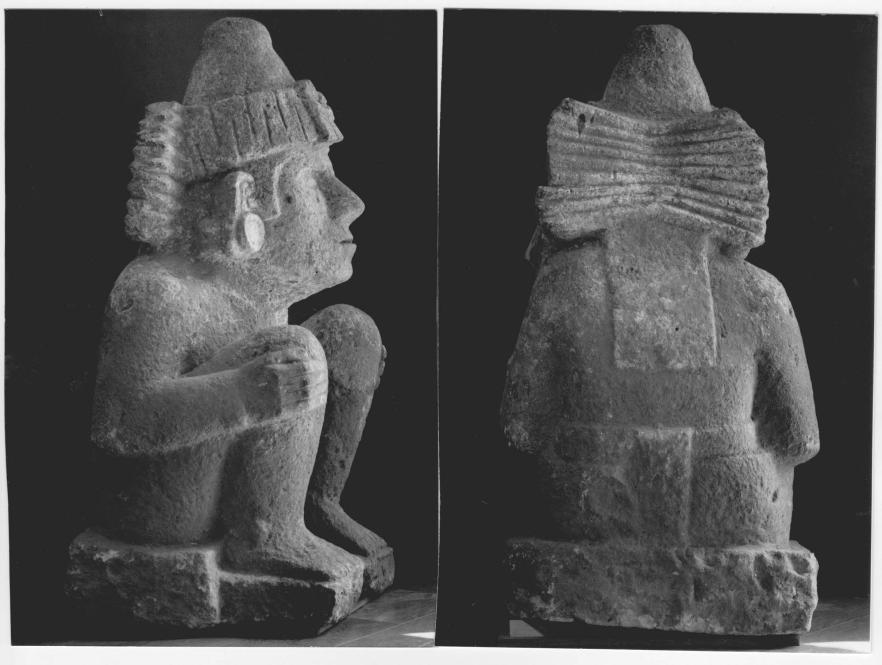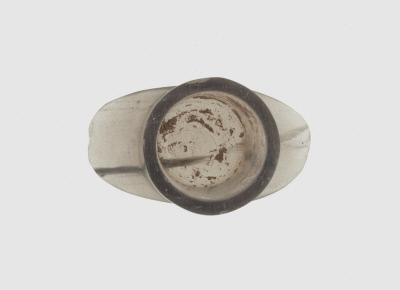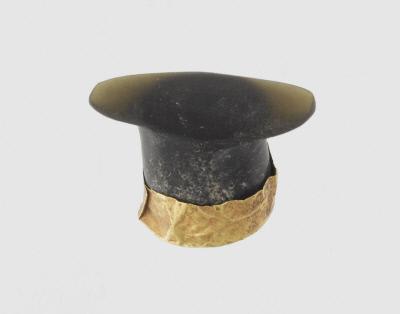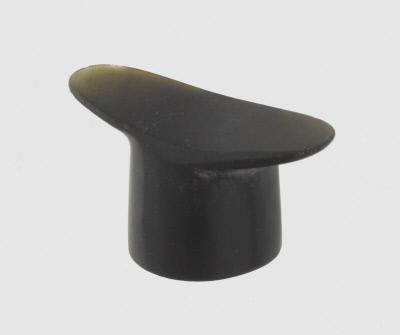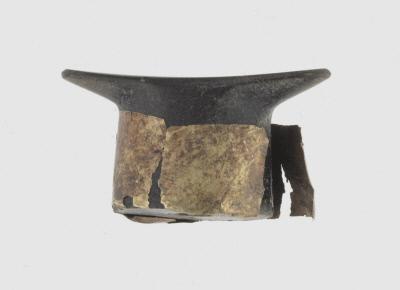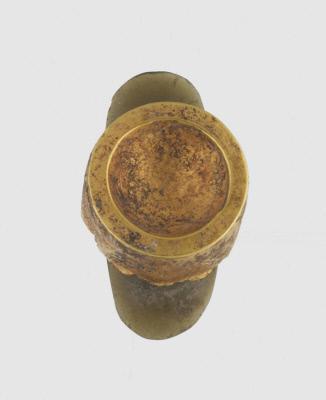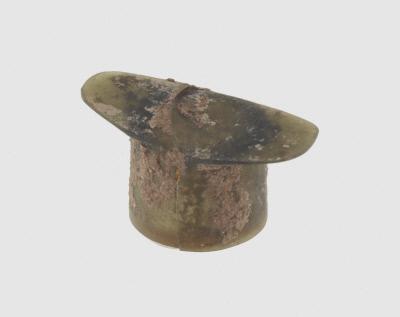2021.10.5
Object Title
Jar
Measurements
19 x 17 in.
Creation Date
300 BCE [*this date was determined to the best of the museum’s knowledge by visual comparisons with similar works in Korean museums; the Seattle Art Museum has not done any scientific testing to confirm the date]
Credit Line
Gift of Virginia Wright
Museum Name
Museum Contact
research@seattleartmuseum.org
Culture
Country of Origin
Object Type
Materials / Techniques
Object URL
https://art.seattleartmuseum.org/objects/48894/jar?ctx=0795790d-9011-405a-b4dd-8a360cc2e673&idx=5
Museum's Definition of Antiquity
300 BCE
Provenance Information
Floyd L. Whittington (1910–1999), Camano Island, Washington, and Sun City, Arizona, {potentially ca. 1966-67 while Economic Counselor at the American Embassy in Korea}; Virginia and Bagley Wright, Seattle, Washington
Exhibition Information
None known
Publication Information
None known
Section of the AAMD Guidelines relied upon for the exception to 1970
Informed judgement that works were outside of the country of modern discovery before 1970
Explain why the object fits the exception set forth above
Based on the results of provenance research, as well as cumulative facts and circumstances, this Korean vessel was likely outside its country of origin by 1970. Research indicates that Floyd L. Whittington, a diplomat, collected while overseas during his time in Indonesia, Japan, and Korea. Whittington was appointed in Korea ca. 1966-67 as Economic Counselor at the American Embassy. Further provenance research will be ongoing, but the Seattle Art Museum can conclude, based on the aforementioned facts, that the work was likely purchased before 1970.
